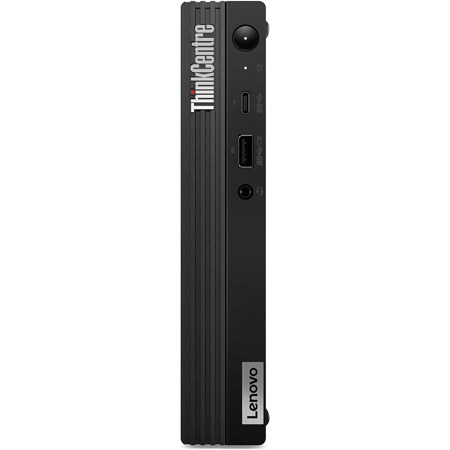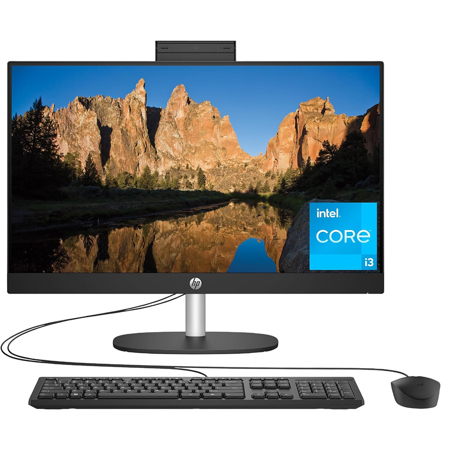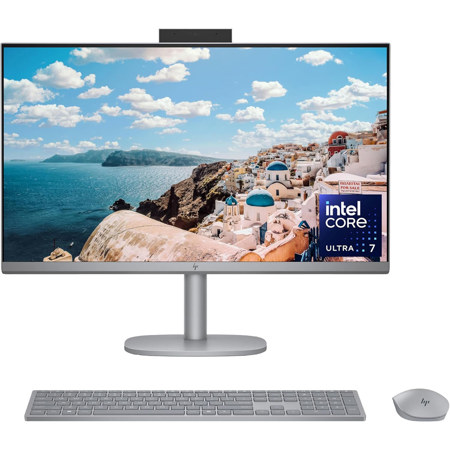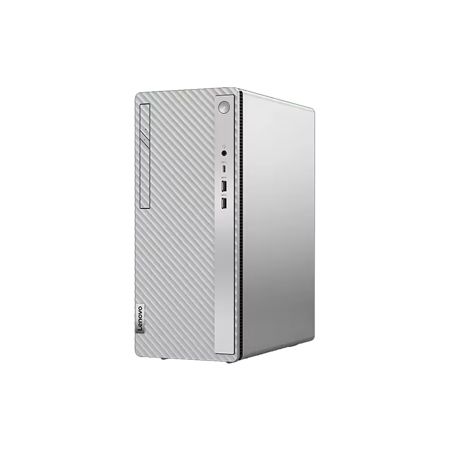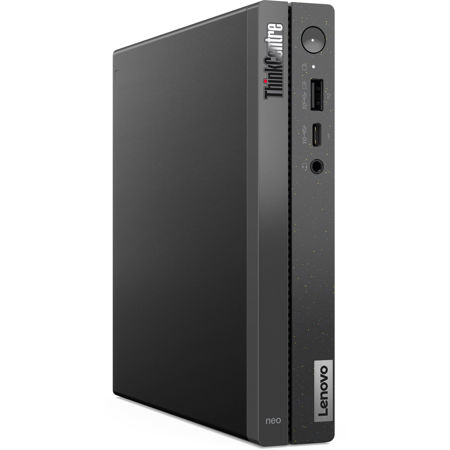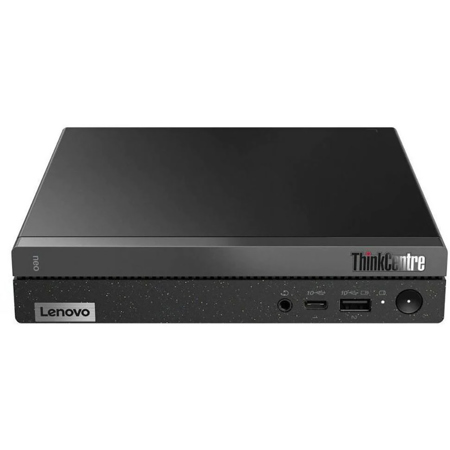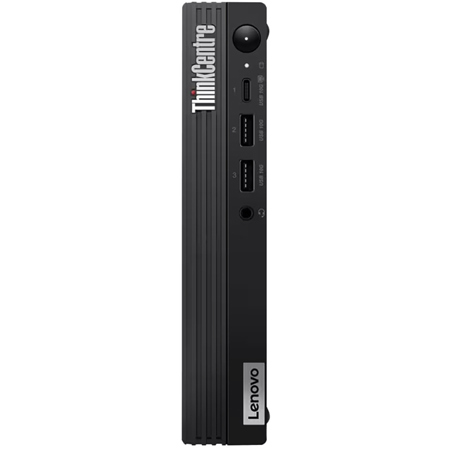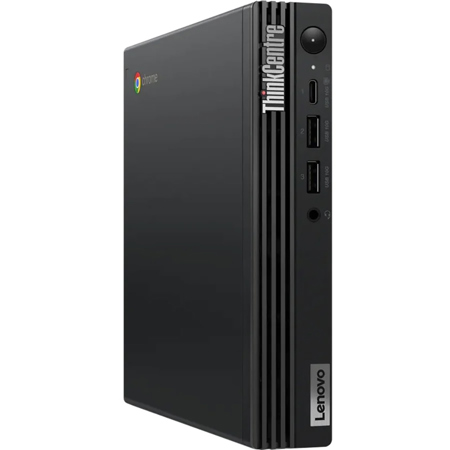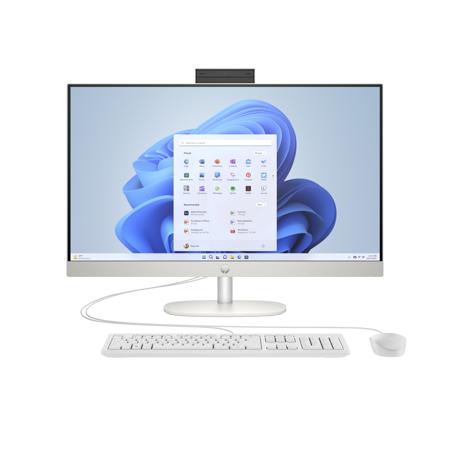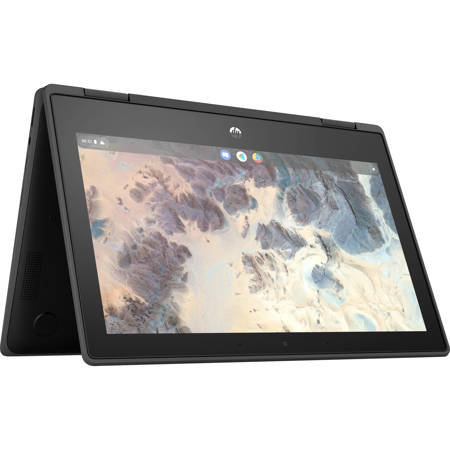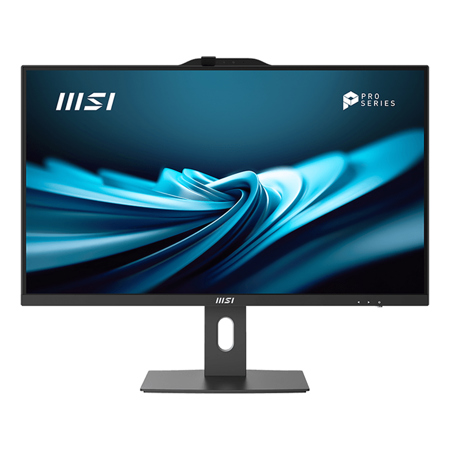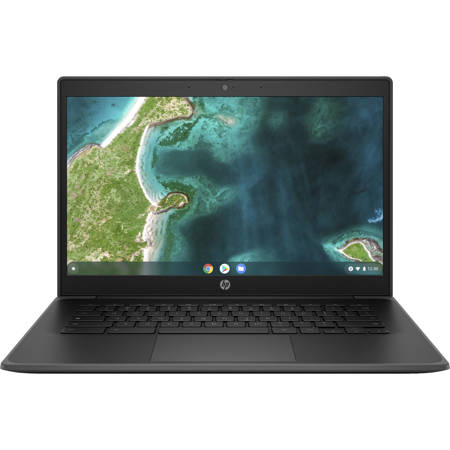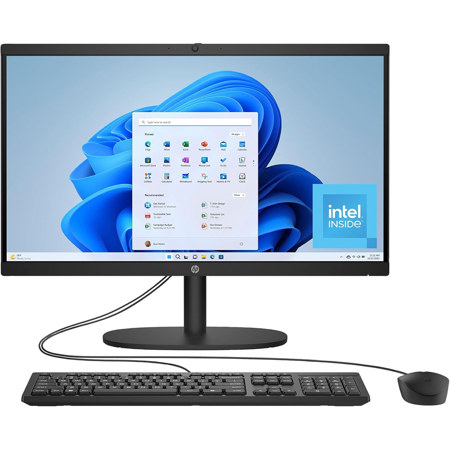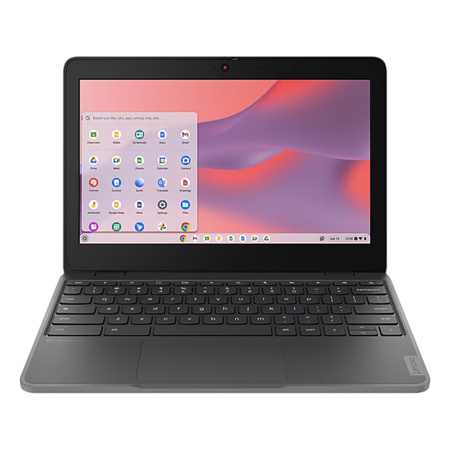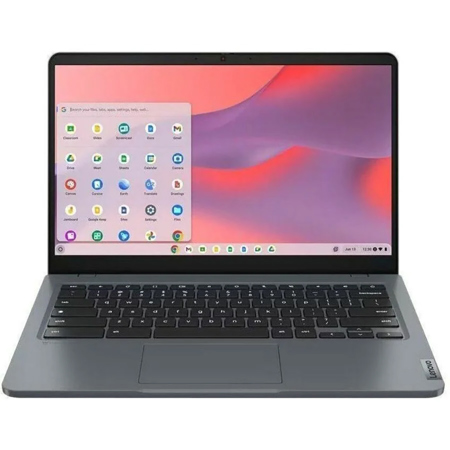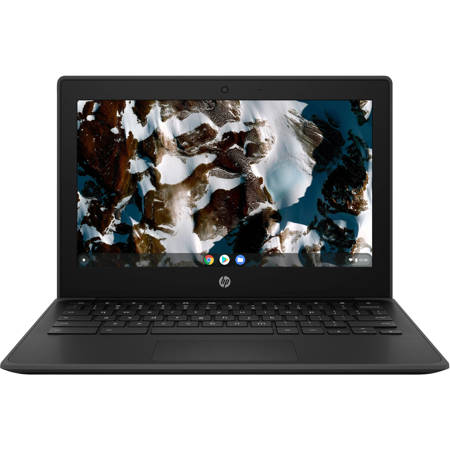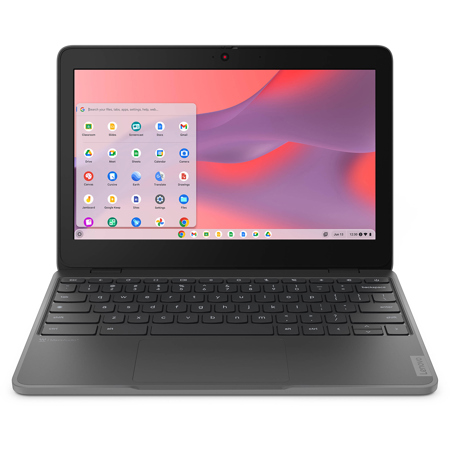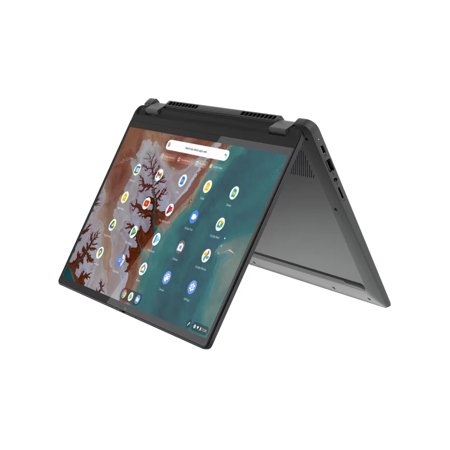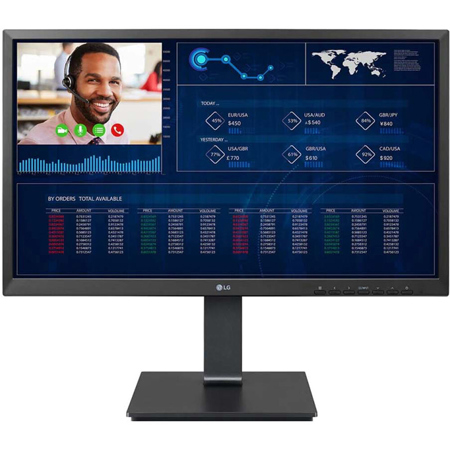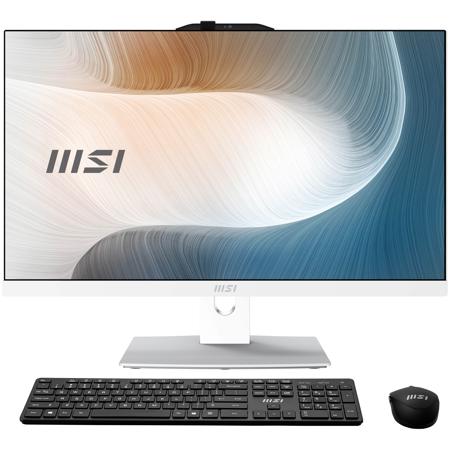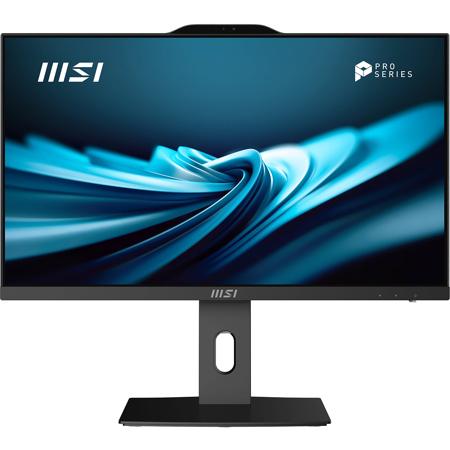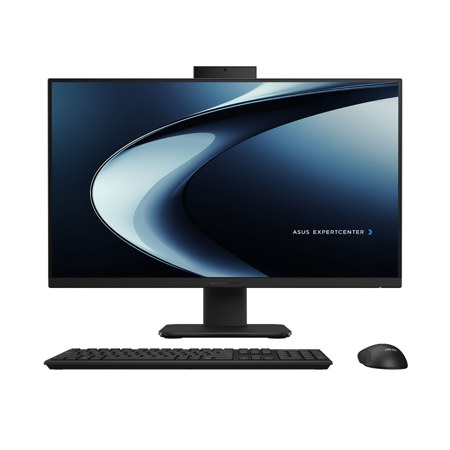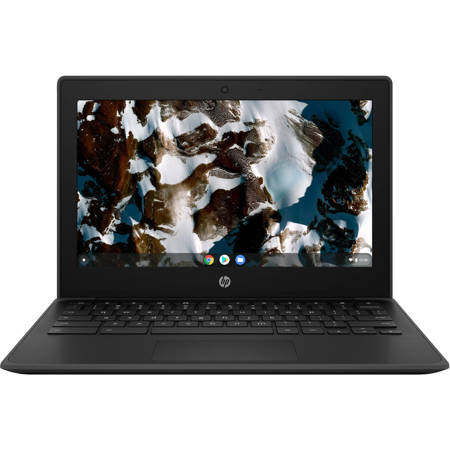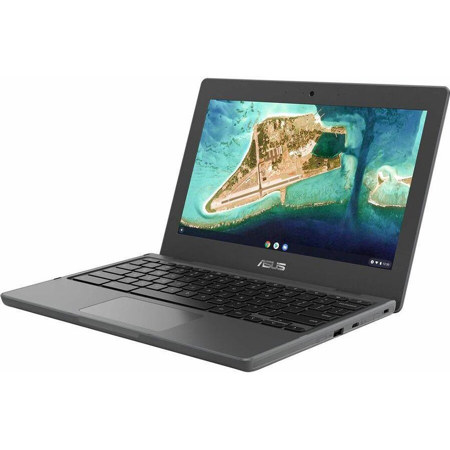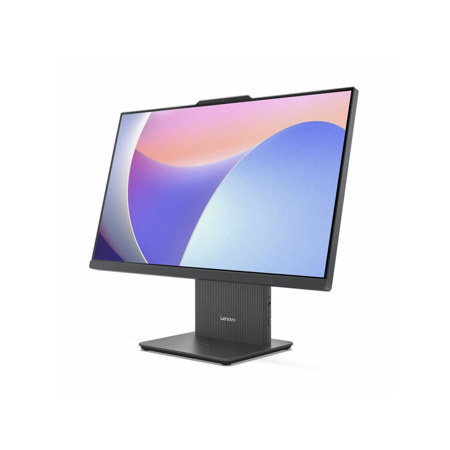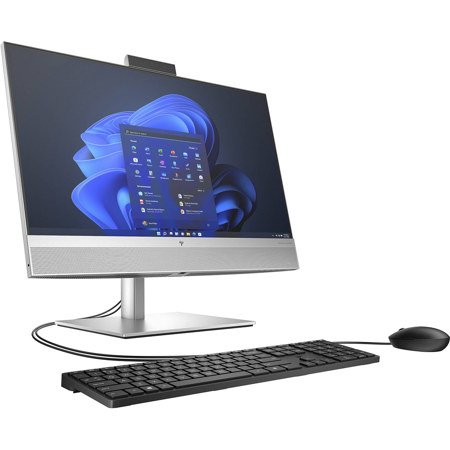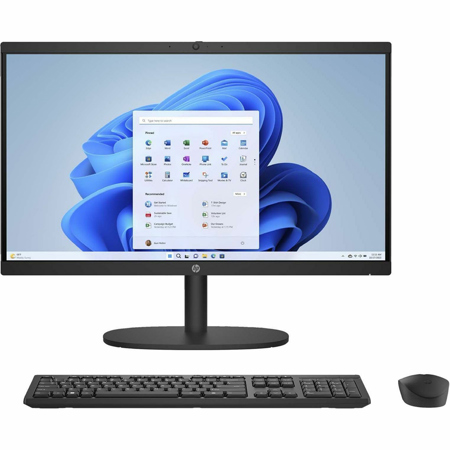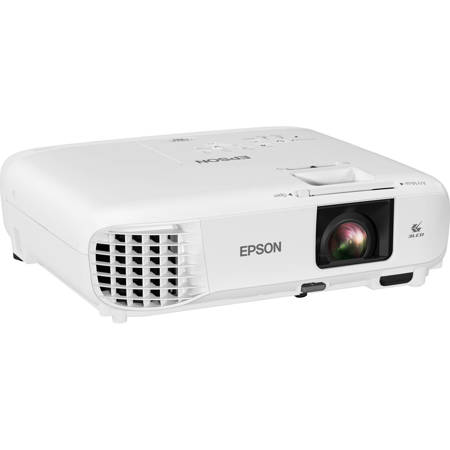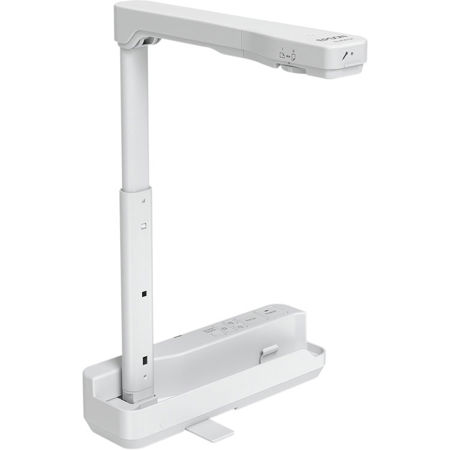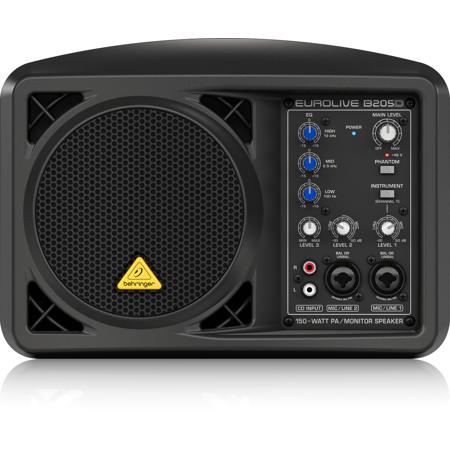Classroom Computers
As spring unfolds, educators and students alike turn their attention towards enhancing learning environments with the latest in technology. Classroom computers have become an indispensable part of educational infrastructure, facilitating a range of activities from basic computing and internet research to advanced programming and graphic design. The selection of the right computers for a classroom setting requires careful consideration of several factors including durability, performance, ease of use, and the specific educational goals they are intended to support. Whether updating an existing computer lab or creating a mobile laptop cart for flexible learning spaces, the choices made now can significantly influence both teaching methods and learning outcomes.
For educators, the primary concern often revolves around finding systems that can withstand the rigors of daily use by multiple users, often in challenging environments. Computers in classrooms need to be robust and reliable, capable of handling everything from the accidental spill to the enthusiastic experimentations of young minds eager to explore digital realms. Moreover, as different subjects demand specific software and applications, compatibility and performance become key criteria. A computer that can smoothly run data-heavy science simulations or support graphic arts software without lag contributes immensely to effective teaching and keeping students engaged. As the end of the academic year approaches, educational institutions also begin planning for the next year, making this a critical time for making informed purchasing decisions that will affect future learning scenarios.
For students, the scenario is slightly different. The ideal classroom computer is one that not only supports their current educational needs but also grows with them as they advance through their studies. High school students taking advanced courses or engaging in extracurricular projects such as video production or digital journalism might require computers with higher processing power and enhanced graphics capabilities. Meanwhile, younger students or those just beginning their educational journey might benefit more from computers that offer robust educational software and a user-friendly interface. Recognizing the diverse needs of students, Student Desktop Computers provide a range of options that cater to varying educational requirements, ensuring that every student has access to the tools they need to succeed. As gifts, these computers offer not just a gateway to information but a foundation for developing essential digital skills in an increasingly digital world.
Ultimately, the choice of classroom computers should align with the educational objectives of the institution and the specific needs of its students. It is a decision that involves understanding the balance between cost and functionality, the physical logistics of computer labs, and the future tech trends that could influence educational practices. As we move deeper into the digital age, the role of computers in the classroom continues to evolve, making it more important than ever to choose hardware that can support a dynamic learning environment. Whether for an elementary school, a high school, or a specialized art class, the right computers help illuminate the wonders of learning, making every lesson not just informative but transformative.
For educators, the primary concern often revolves around finding systems that can withstand the rigors of daily use by multiple users, often in challenging environments. Computers in classrooms need to be robust and reliable, capable of handling everything from the accidental spill to the enthusiastic experimentations of young minds eager to explore digital realms. Moreover, as different subjects demand specific software and applications, compatibility and performance become key criteria. A computer that can smoothly run data-heavy science simulations or support graphic arts software without lag contributes immensely to effective teaching and keeping students engaged. As the end of the academic year approaches, educational institutions also begin planning for the next year, making this a critical time for making informed purchasing decisions that will affect future learning scenarios.
For students, the scenario is slightly different. The ideal classroom computer is one that not only supports their current educational needs but also grows with them as they advance through their studies. High school students taking advanced courses or engaging in extracurricular projects such as video production or digital journalism might require computers with higher processing power and enhanced graphics capabilities. Meanwhile, younger students or those just beginning their educational journey might benefit more from computers that offer robust educational software and a user-friendly interface. Recognizing the diverse needs of students, Student Desktop Computers provide a range of options that cater to varying educational requirements, ensuring that every student has access to the tools they need to succeed. As gifts, these computers offer not just a gateway to information but a foundation for developing essential digital skills in an increasingly digital world.
Ultimately, the choice of classroom computers should align with the educational objectives of the institution and the specific needs of its students. It is a decision that involves understanding the balance between cost and functionality, the physical logistics of computer labs, and the future tech trends that could influence educational practices. As we move deeper into the digital age, the role of computers in the classroom continues to evolve, making it more important than ever to choose hardware that can support a dynamic learning environment. Whether for an elementary school, a high school, or a specialized art class, the right computers help illuminate the wonders of learning, making every lesson not just informative but transformative.
